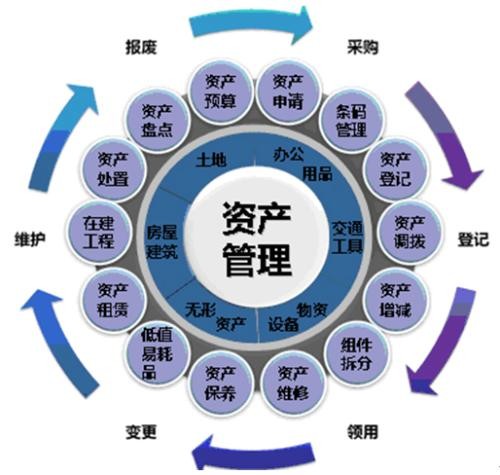ISO55001:2014标准的理论基础
价值:资产存在是为了给组织和其相关方提供价值。资产管理并不关注资产本身,而关注于资产能给组织提供的价值。价值(可以是有形的或无形的、财务的或非财务的)是由组织和其相关方根据组织目标确定的。
Value: Assets exist to provide value to the organization and its stakeholders. Asset management does not focus on the asset itself, but on the value that the asset can provide to the organization. The value (which can be tangible or intangible, financial or non-financial) will be determined by the organization and its stakeholders, in accordance with the organizational objectives.
资产管理需要对资产成本、机会和风险与期望的绩效的平衡。平衡可能需要在不同的时间阶段进行考量。
Asset management involves the balancing of costs, opportunities and risks against the desired performance of assets, to achieve the organizational objectives. The balancing might need to be considered over different timeframes.
一致性:
资产管理将组织目标转换为技术和财务决策、计划和行动。
Alignment: Asset management translates the organizational objectives into technical and financial decisions, plans and activities.
领导作用:
领导作用和工作场所的文化是价值实现的决定因素。
Leadership: Leadership and workplace culture are determinants of realization of value.
提供保证:
资产管理为资产实现其要求的目的提供保证。
Assurance: Asset management gives assurance that assets will fulfil their required purpose.
ISO55001:2014标准的结构和一类条款与ISO9001:2015和ISO14001:2015相同。

